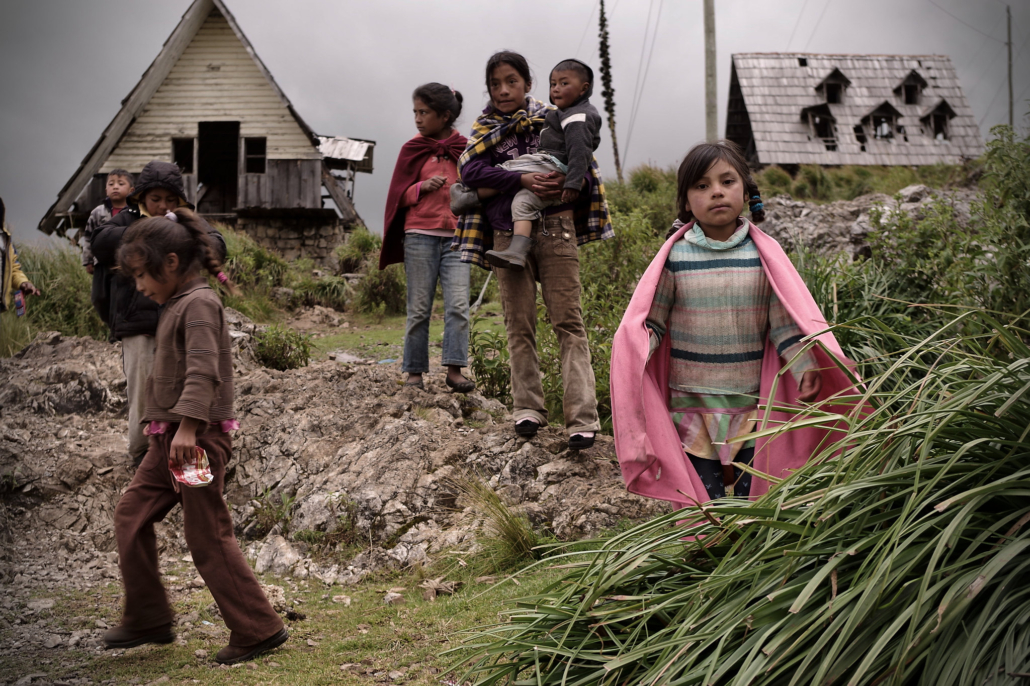Land of the Eternal Spring: Renewable Energy in Guatemala

Guatemala is known as the ‘Land of the Eternal Spring’ on account of its exotic climate and its tropical rainforests, not to mention the mysticism that shrouds the history of an ancient Mayan civilization. A nation of about 17 million people, Guatemala is situated in the heart of Central America with borders and ports on both the Pacific and the Atlantic Oceans. This geographical advantage in part explains why Guatemala has the largest economy in Central America. Nevertheless, disparity is rife. Guatemala has the highest level of chronic malnutrition in Latin America and the Caribbean (LAC), ranking fourth-highest globally. Energy poverty is also prevalent, but renewable energy in Guatemala has the potential to lift citizens out of poverty.
Energy Poverty
A key contributor to mass food production and distribution is the availability of energy. The United States, for example, uses more energy per annum “growing, preparing and transporting food” than the entirety of the United Kingdom requires for all its energy consumption. A recent paper published in Energy Economics estimated that 76% of Guatemalans are living in energy poverty, a term defined as a lack of access to “adequate, affordable, reliable, high-quality, safe and environmentally benign energy services to support economic and human development.”
Government Push for Renewable Energy in Guatemala
To ease the current energy crisis, the Guatemalan government has turned toward stricter measures to prevent electricity wastage and is also requiring that private businesses invest in renewable energy in Guatemala. The recently implemented “Energy Policy 2019-2050,” which the Ministry of Energy and Mining developed, enforces residential regulations such as the “normalization of technical parameters relating to electric equipment” within households, a guide by Rafael Pinto Ortega and Rafael Briz explains. Policy objectives for industrial firms require serious efforts to promote “electrical self-sufficiency” by encouraging the use of renewable energy. The incentive for firms to comply and quickly adapt stems from the knowledge that the contract for the nation’s current main electricity supplier, Jaguar Energy, comes to a close in 2025.
The Potential for Renewable Energy in Guatemala
Guatemala’s reputation as the ‘Land of the Eternal Spring’ is beginning to take on a new concept in the 21st century. The enormous potential for renewable energy in Guatemala literally springs from its capacity for hydropower. Hydropower uses fast-flowing water to turn turbines and power machines, efficiently combining one of the world’s largest natural resources, water and the enduring force of gravity, to create energy. As of 2019, Guatemala had already installed 1,559 MW of hydropower capacity, which contributed to 41% of the nation’s total energy production.
The International Hydropower Association (IHA) is an NGO operating in Guatemala with the mission of ensuring the sustainable development of hydropower. By overseeing projects and ensuring plans meet the principles and terms of the San José Declaration on Sustainable Hydropower, the IHA looks to increase the contribution of renewable energy in Guatemala.
Looking Ahead
Renewable energy in Guatemala has the capacity to lift millions out of poverty. Government pressure and foreign aid for NGOs like IHA ensure that renewable energy becomes a priority investment. Hydropower has already proven to be an effective source of energy in the coastal nation and further utilization of this abundant resource will significantly improve the ongoing energy crisis, allowing Guatemalans to develop their agricultural industry and enable enterprising development in the future.
– Max Edmund
Photo: Flickr
